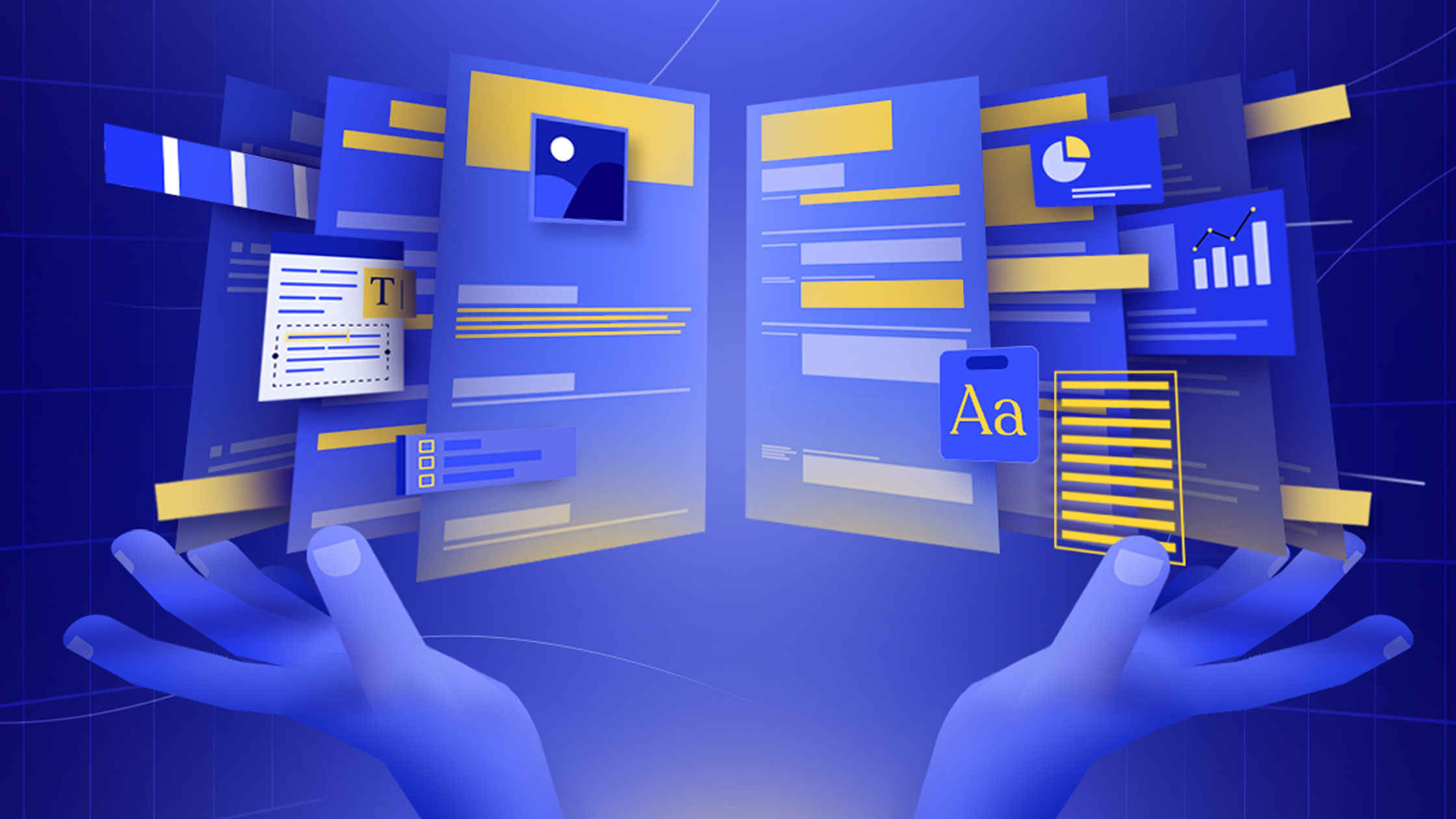Renowned logos serve as historical markers, providing invaluable insights into the evolution of design. They stand as compelling sources for comprehending design elements and trends. Examining the logos of well-known brands allows us to trace the impact of technological advancements, prevailing cultural attitudes, and design trends on the overall evolution of logo design.
Delving into the archives of iconic brands gives us a deeper understanding of the reasons behind brands opting for redesigns. Often, these redesigns are driven by a desire to align with the social climate or to adapt and evolve aesthetically and culturally with the times.
1. Microsoft
Apple and Microsoft have consistently pursued unique ways to outdo each other. The evolution of Microsoft's logo reflects a proactive approach, with frequent changes over the years to stay in tune with design trends and ultimately find a successful branding solution.
1975 - 1987: The evolution of the Microsoft logo spans from its trippy design in 1975 to the heavy-metal vibe of the 1980s, followed by a creative phase with the "Blibbet" in the 1980s. While it was initially intended to look like a CD, it soon began being interpreted as a steering wheel or a rising sun over the horizon. In 1987, a no-nonsense logo emerged, becoming iconic until 2012 when a modern design was introduced.

2012 - Present: The new logo featured colorful squares representing Microsoft's key focus areas—Microsoft Office, Windows, Xbox, and Bing. The red square symbolizes the energy of Microsoft Office, blue represents the stability of Windows, green signifies the playful side for Xbox gaming, and yellow reflects optimism for Bing.

This evolution encapsulates Microsoft's journey through various branding styles, each holding significance for different eras and products.
2. Amazon
The original Amazon logo, designed by Turner Duckworth, featured a bold letter "A" with a vertical white line symbolizing the Amazon River, alongside the "amazon.com" wordmark. Subsequently, the logo underwent notable transformations, adopting a shorter "A" with a wave or zebra pattern, symbolizing the integration of new sellers into the platform.

Despite Amazon's origins as a bookstore, a previous logo design was perceived as limiting its potential. In another test version, the focus shifted solely to the domain name, presented in black with capitalized letters. Adding a creative touch, the letter "O" was enlarged, resembling a large yellow circle. This design, serving as the foundation for the present logo, injected a happy and energetic vibe into Amazon's overall appearance. This evolved into a distinctive "smile" or arrow, emphasizing Amazon's commitment to offering everything from "A" to "Z."
This logo, in use for over two decades, reflects the brand's growth and diverse offerings, notably dropping the ".com" part to underscore Amazon's universal appeal.
3. IBM
IBM, popularly known as Big Blue, is one of the oldest corporations on the list. The firm created one of the world’s most recognizable logos, which is now over sixty years old.
1911: Originating from a merger of three manufacturing businesses, the Computing-Tabulating-Recording Company (C-T-R) emerged with an artful logo featuring "C-T-R" in sinuous lines within a black square.
1924: In 1924, under President Thomas J. Watson Sr., the company rebranded as International Business Machines (IBM), adopting a modern Art Deco style symbolizing global ambitions and a commitment to modernity.
1946: Two decades later, as IBM transitioned from tabulating machines to computers, the logo underwent a transformation, featuring a simple "IBM" in Beton Bold typeface. This change aligned with the modernism movement and reflected the company's evolving product line.
1981: In 1981, designer Paul Rand introduced the playful IBM rebus poster, incorporating pictograms of an eye and a bee for "I" and "B." This humanizing approach, still in use, is now iconic and housed in the Museum of Modern Art in New York.

Over the years, IBM's logo has become deeply ingrained in popular culture, symbolizing the forefront of scientific discovery. The iconic 8-bar logo, synonymous with IBM's far-reaching ambitions to advance humanity through technology, has even left its mark on the moon.
4. Disney
The Disney logo has evolved remarkably, shaped by the company's dedication to storytelling.

1929: Beginning in 1929 with Mickey Mouse, it transitioned from quirky elements inspired by Laugh-O-Gram to gothic styles, reflecting Walt Disney's calligraphy passion.
1970: The 1970s brought a modern all-caps calligraphy logo, symbolizing Disney's production prowess.
1983: Since Walt Disney Pictures' creation in 1983, the logo embodies the brand's commitment to modernism, magic, and quality storytelling.
1985: The iconic castle logo, introduced in 1985, reflected the brand's expanding influence. Over time, the castle gained prominence, acquiring magical details and culminating in today's streamlined, text-minimalist design, emblematic of Disney's global recognition in theme parks, streaming services, and media.
2006: The current simplified iteration, emphasizing "Disney," signifies the company's enduring global presence and iconic status in the entertainment industry.
5. Facebook
The evolution of the Facebook logo, representing a youthful yet iconic corporation, has been marked by only two distinct styles, both aligning with contemporary design trends and possessing their unique appeal. Notably, Facebook pioneered the use of a lowercase typeface, imparting an informal and relaxed ambiance to the platform.
Crafted by Joe Kral, the Facebook logo typeface amalgamates the letterforms from the Klavika Bold font, showcasing a distinctive design. Beyond the logo, the Facebook icon has garnered even greater recognition, undergoing multiple transformations in tandem with ongoing user interface developments.

A noteworthy transformation occurred in the 2015 redesign, introducing subtle adjustments to the typeface font for a more open and casual appearance. The commitment to retaining the original style and colors emphasized a dedication to quality and simplicity. Overall, the design of the Facebook icon is characterized by its simplicity and easy recognizability, essential qualities for a company of Facebook's stature.
Conclusion
The transformations observed in logo design and design overall serve as compelling evidence of shifts in society, technology, and the emerging generations. These influential factors not only shape our popular culture but also impact our preferences and perspectives. As a result, the continuous interplay of these elements gives rise to fresh design trends, leading to a continuous evolution of design trends.
Elevate your brand identity with Frontmatter's expert logo and brand design services.
Costs less than agencies.
.svg)






.svg)


